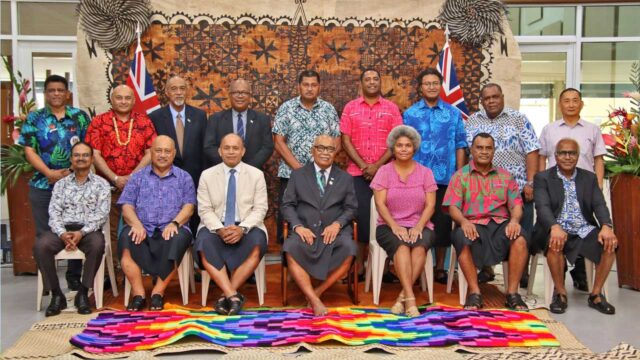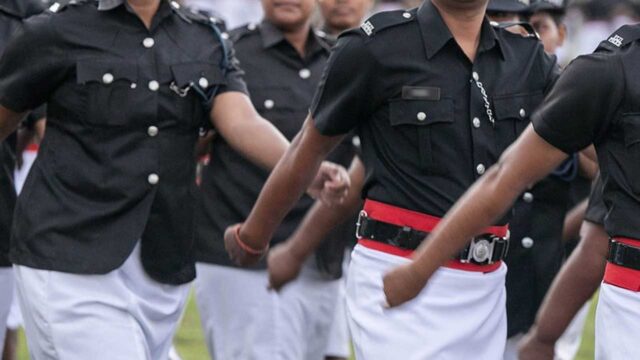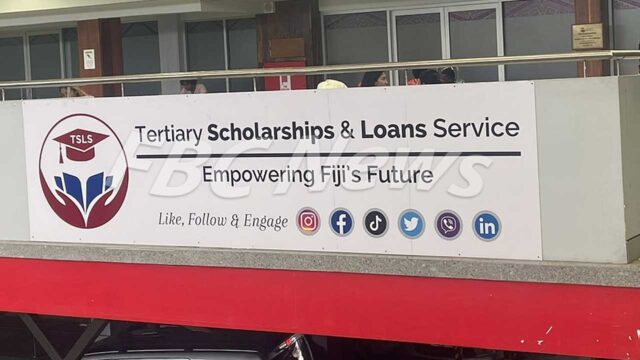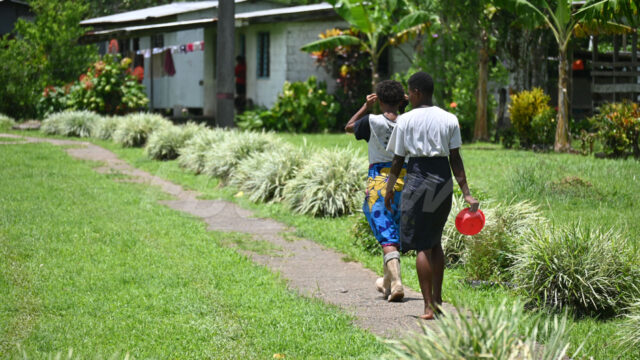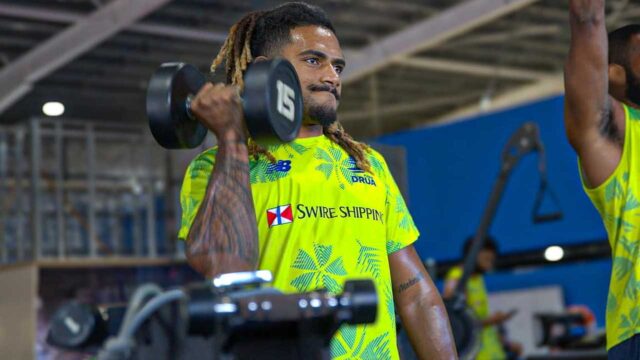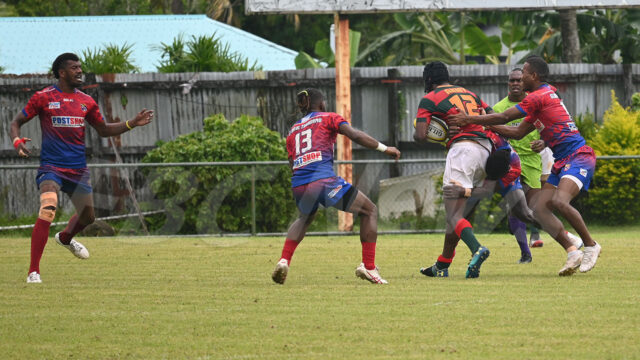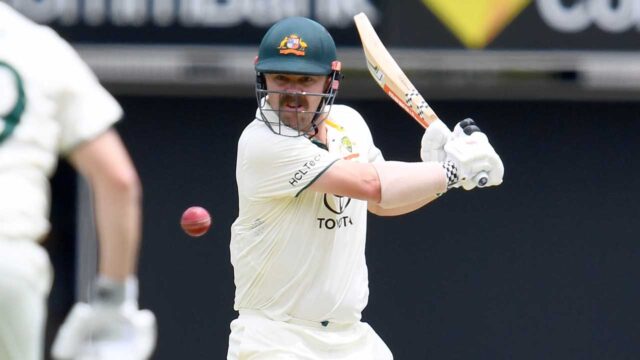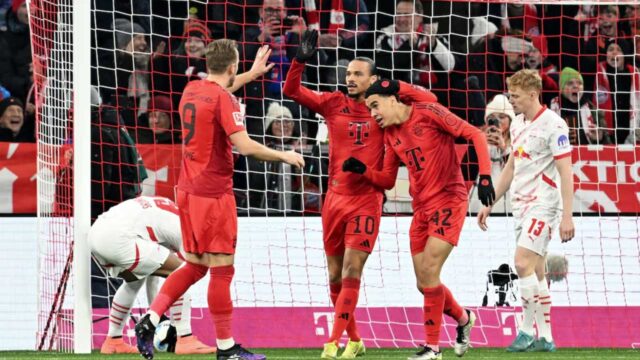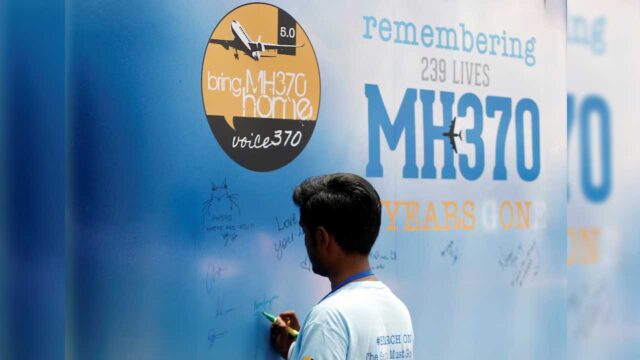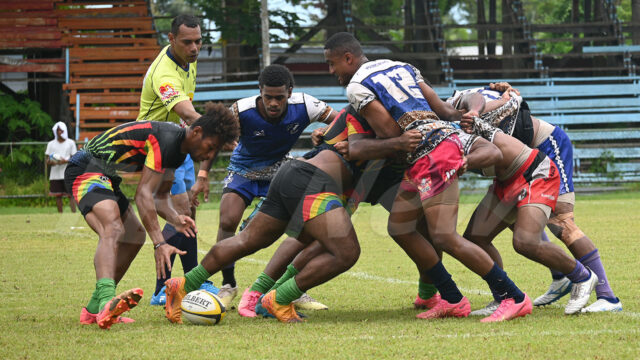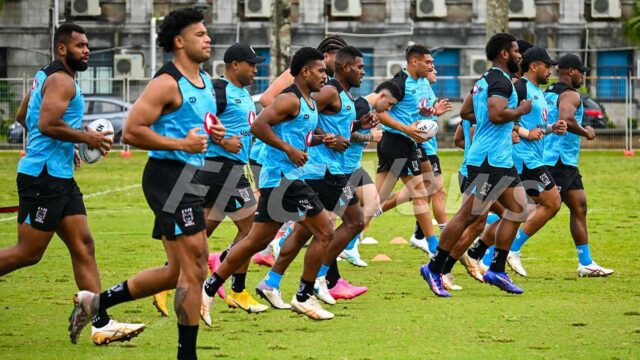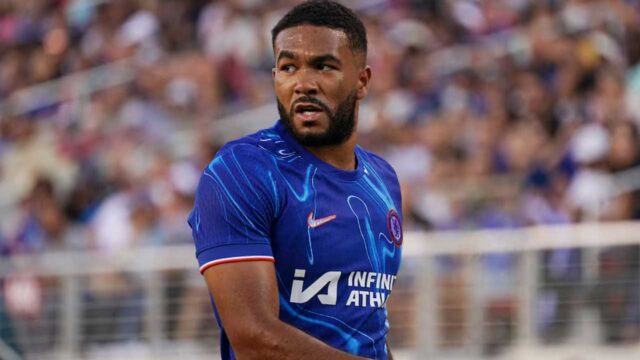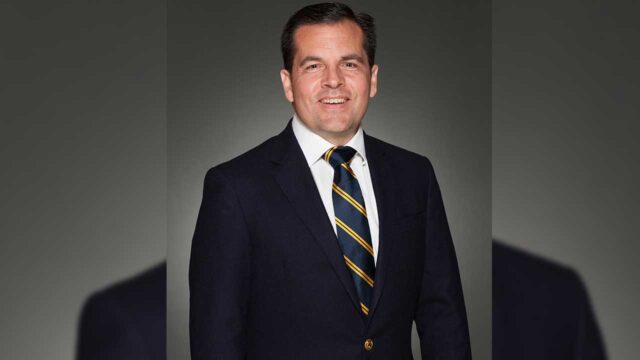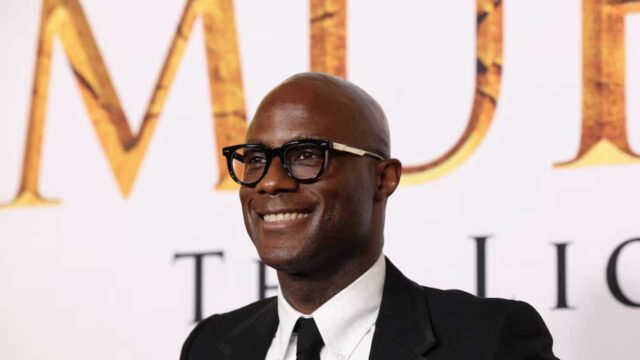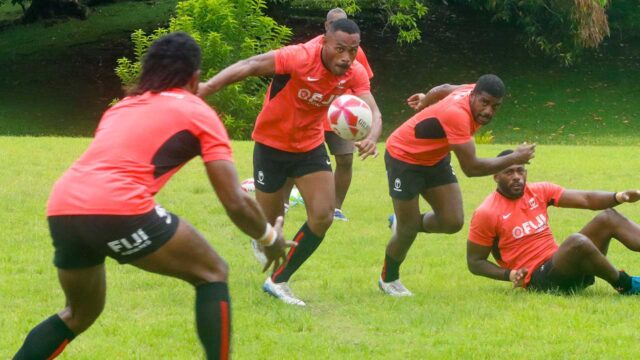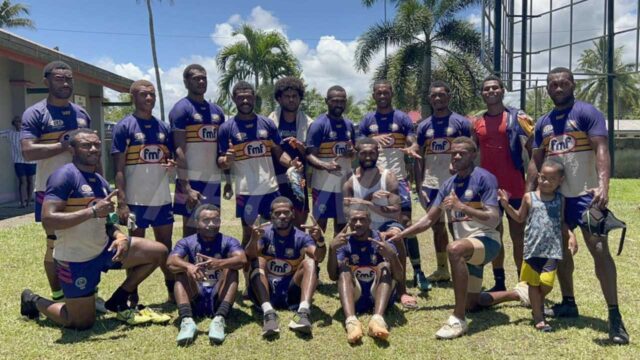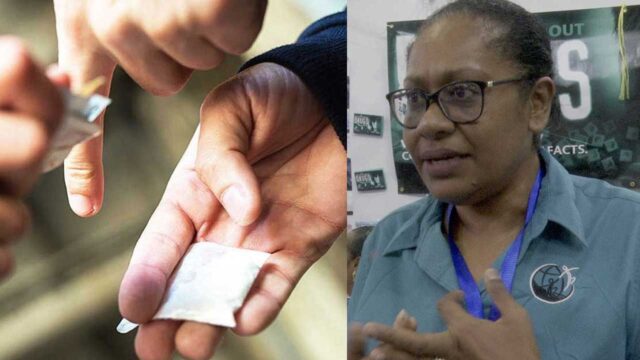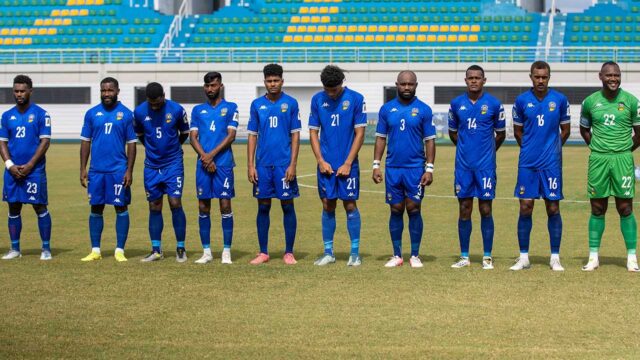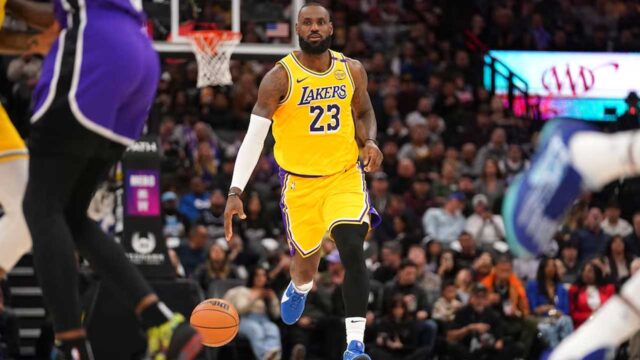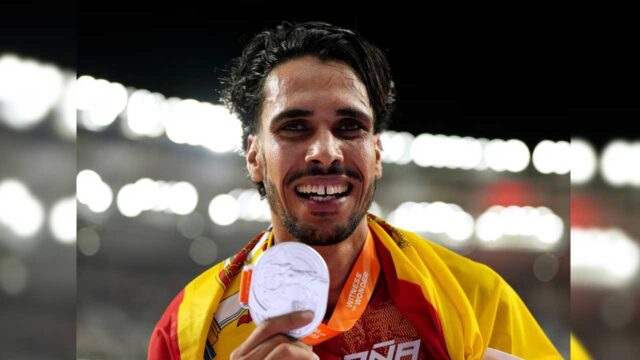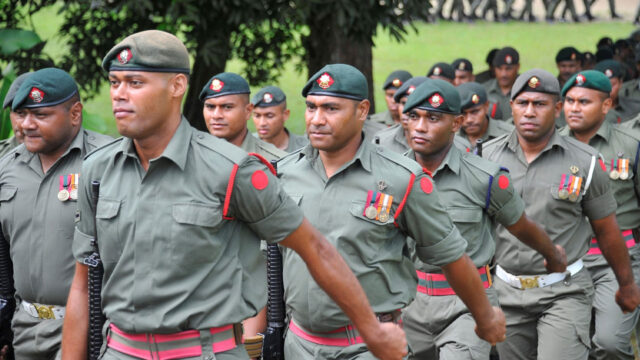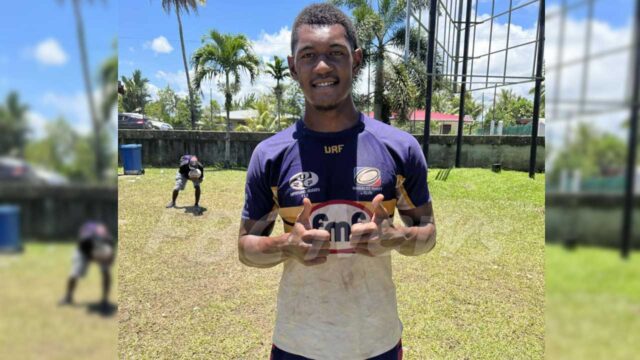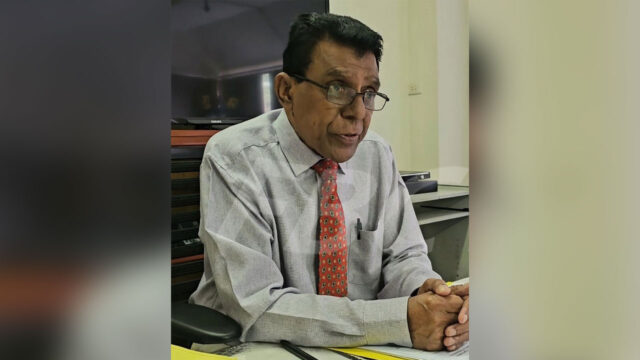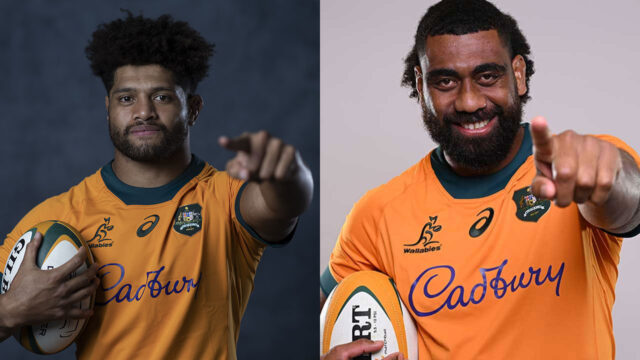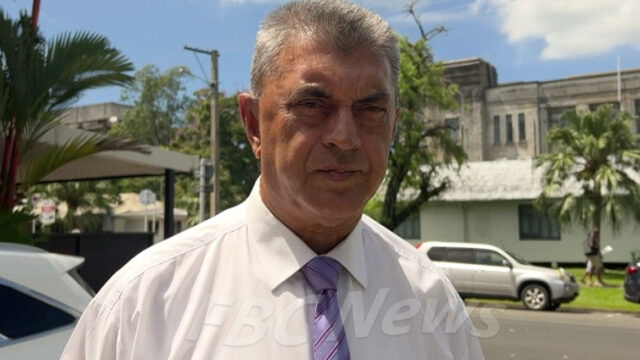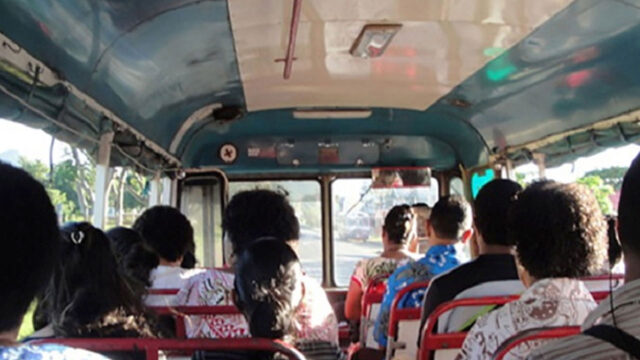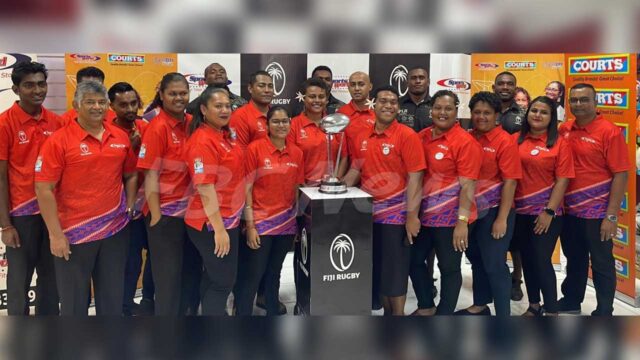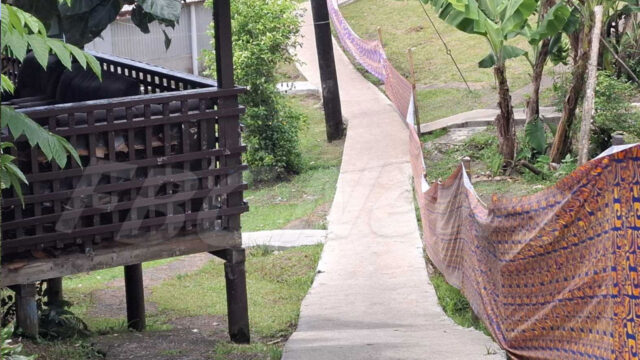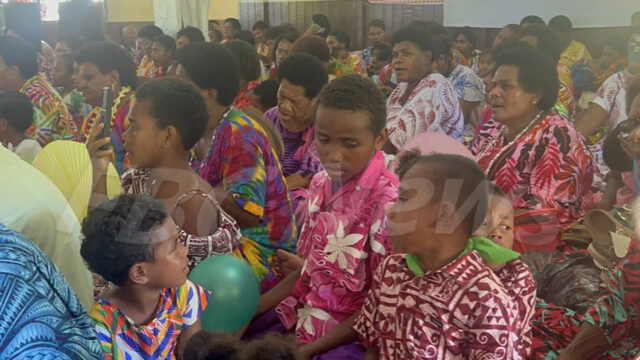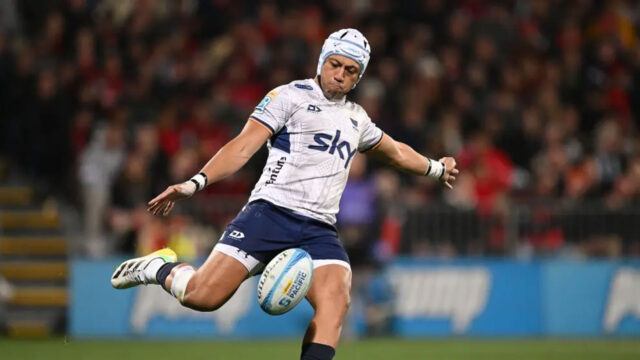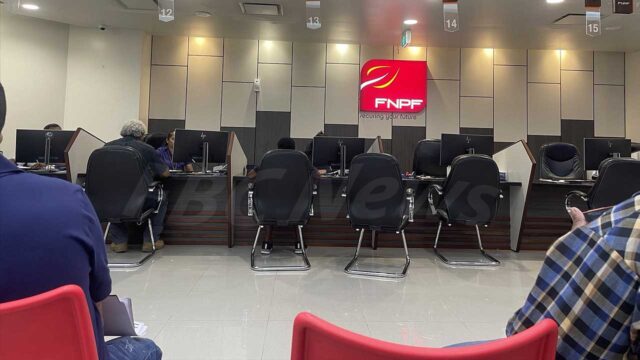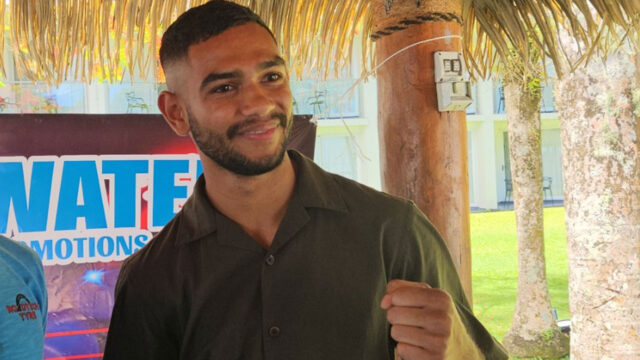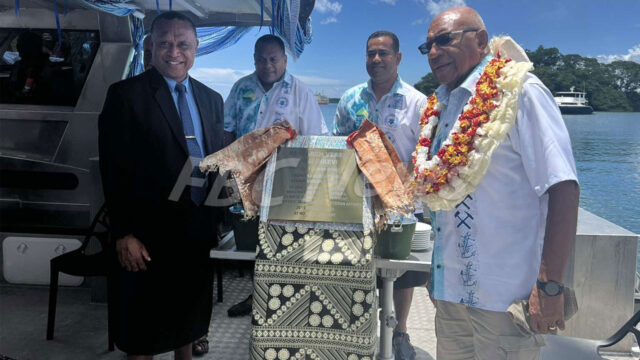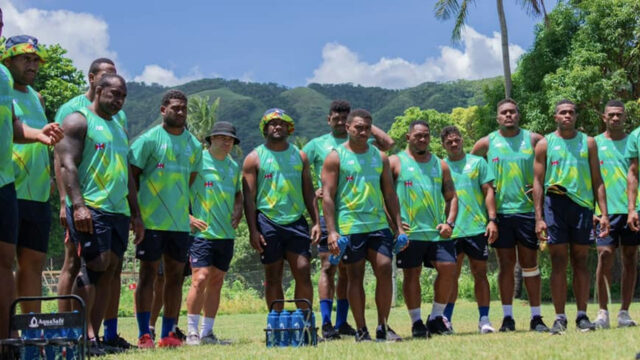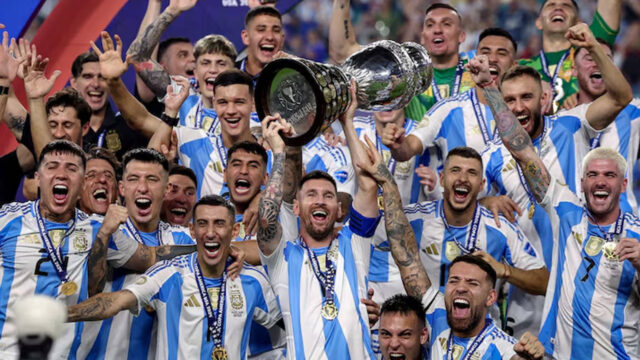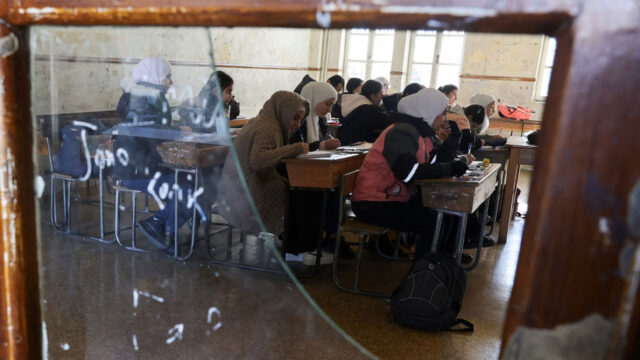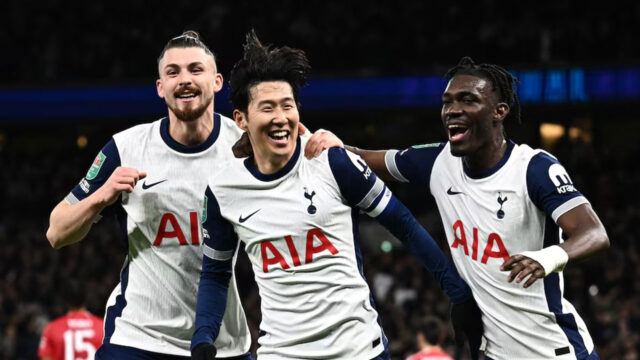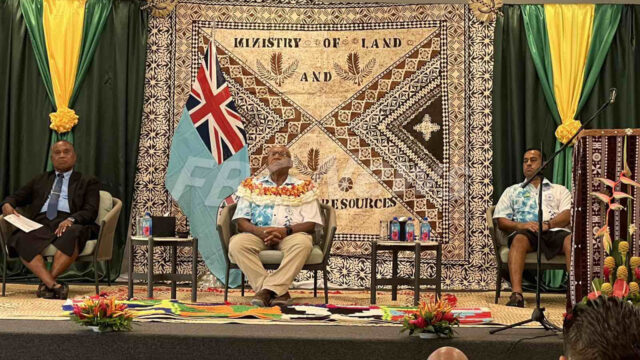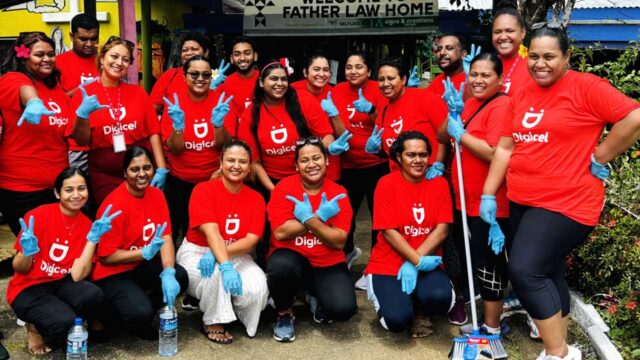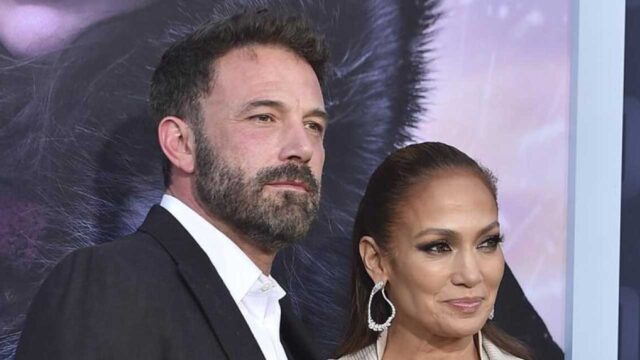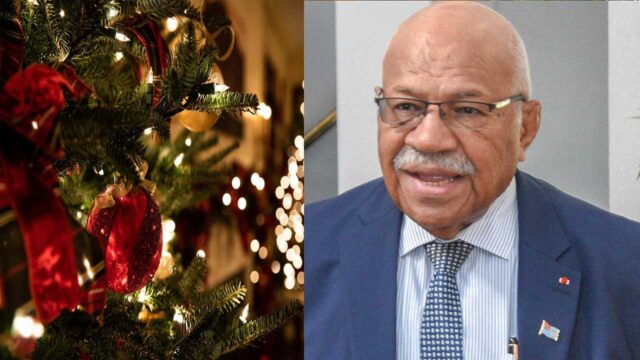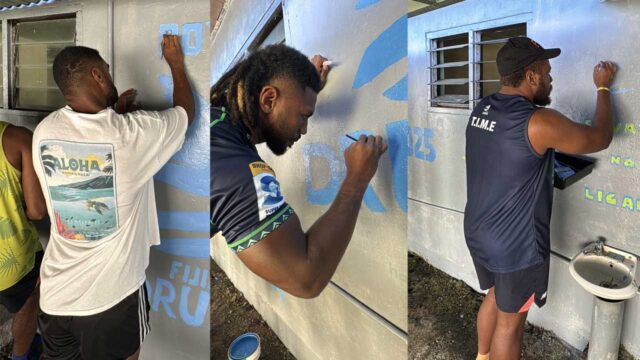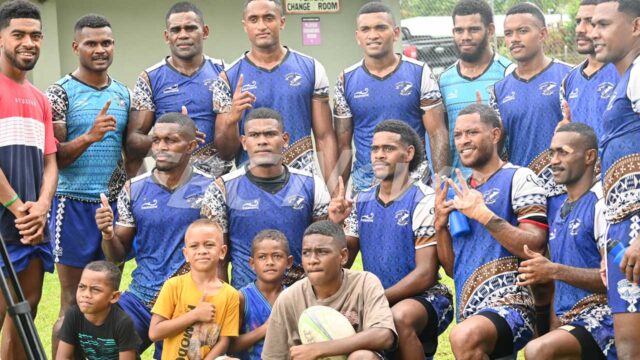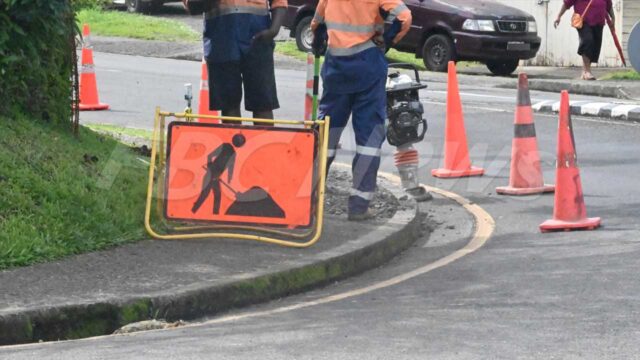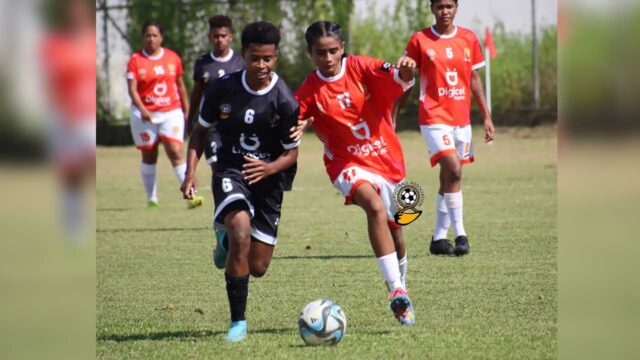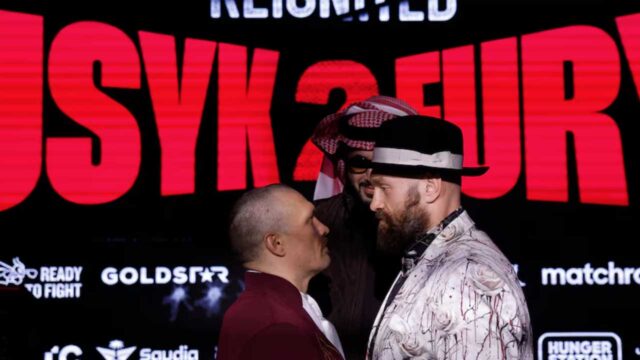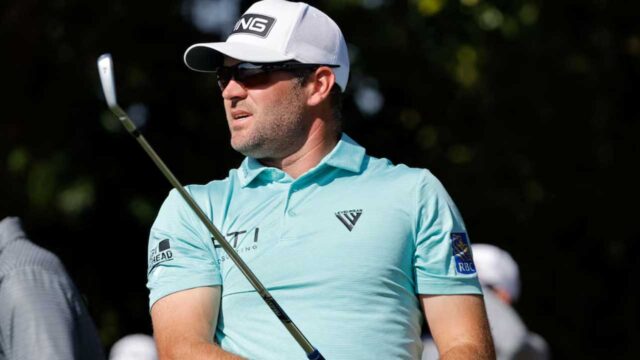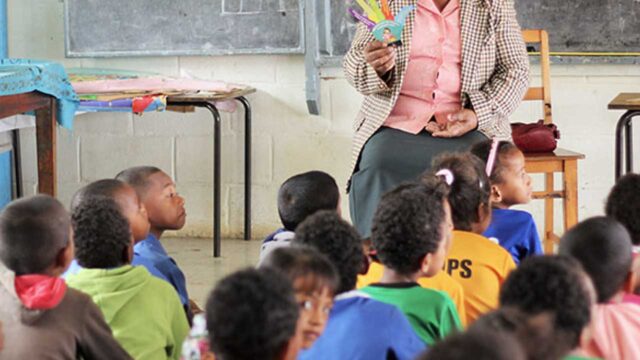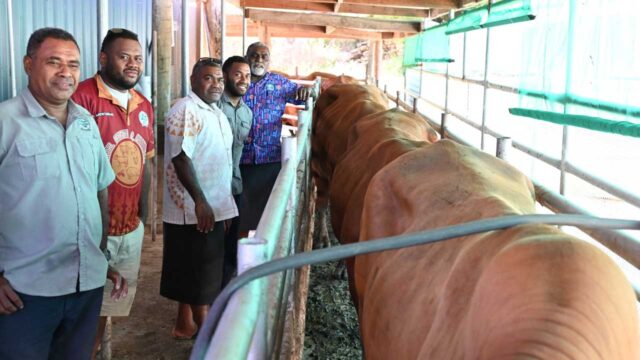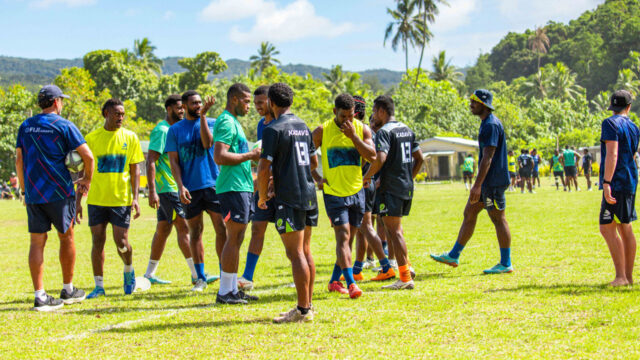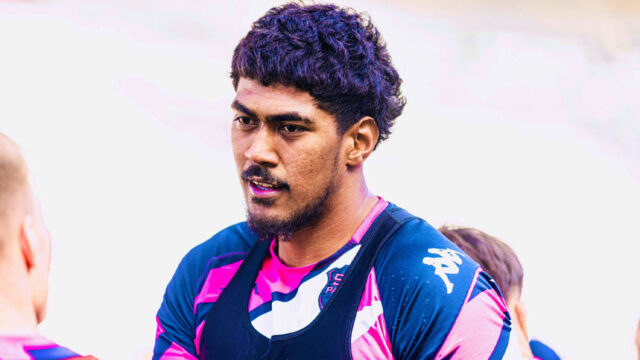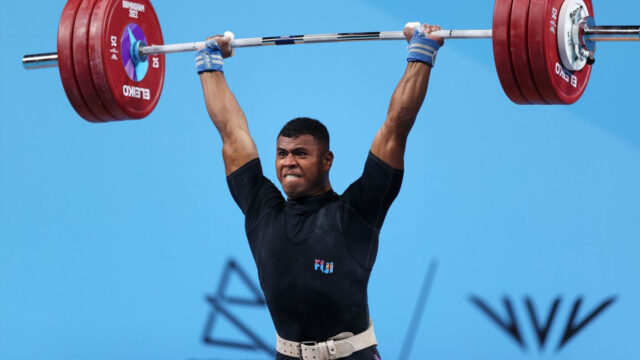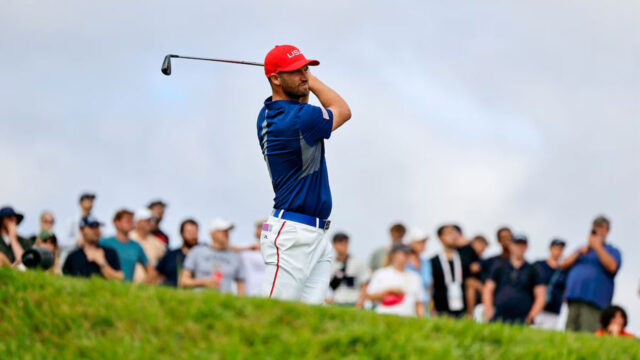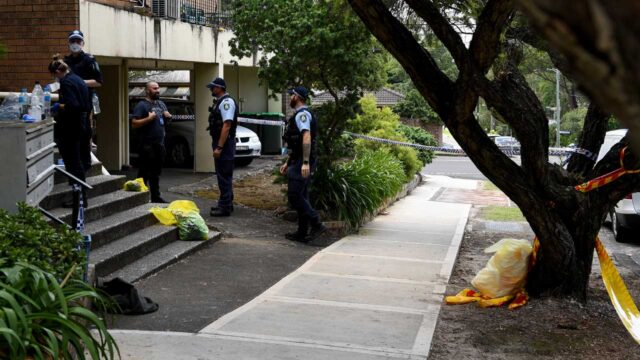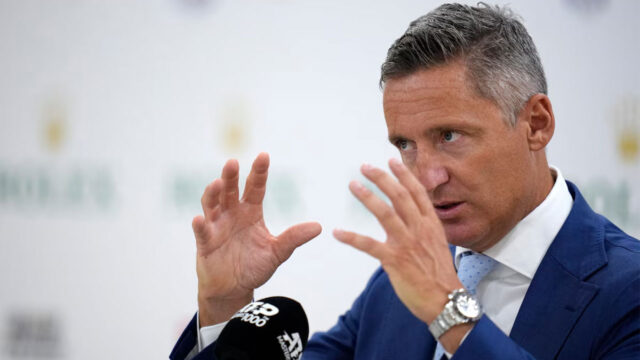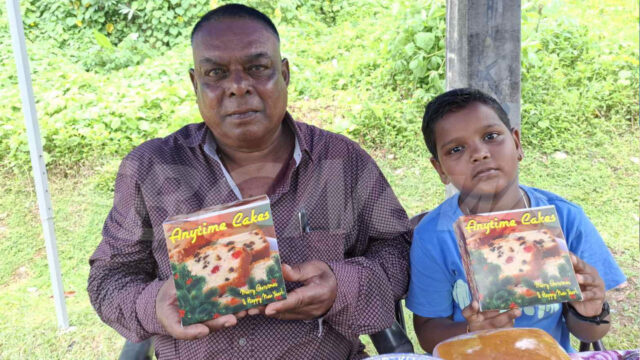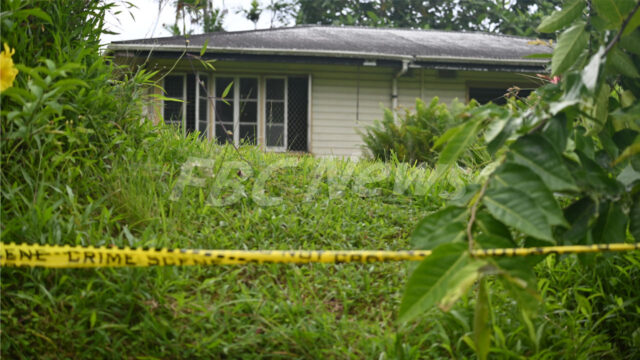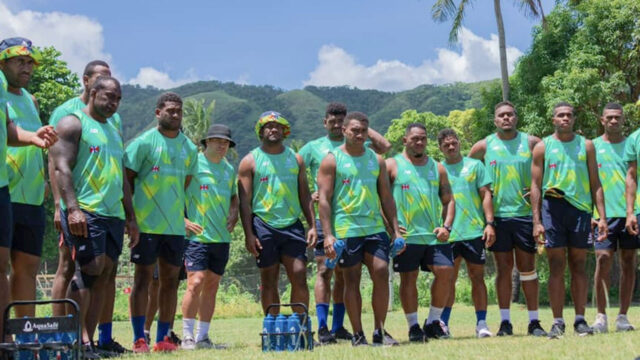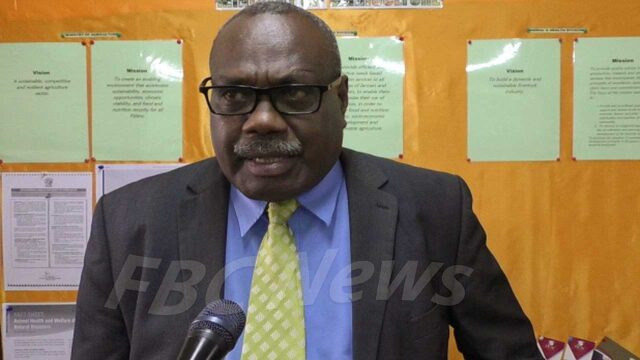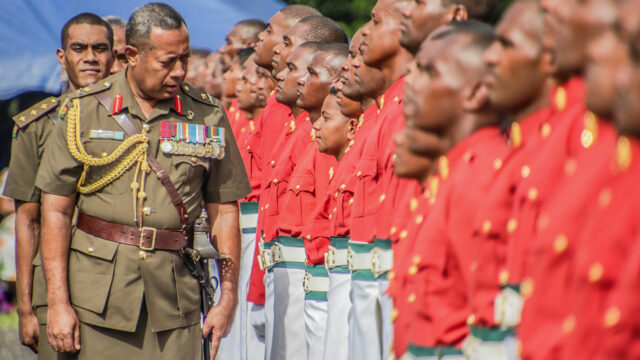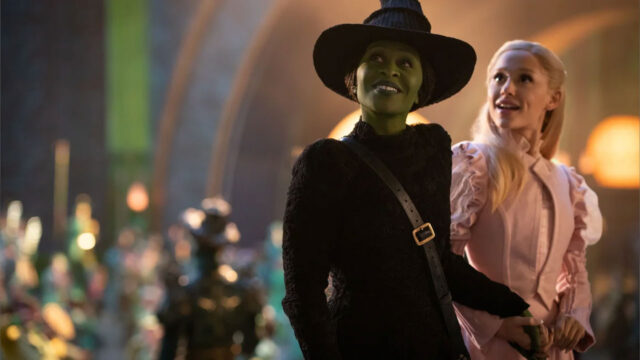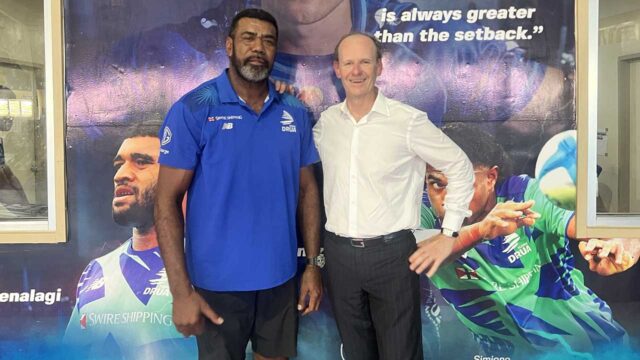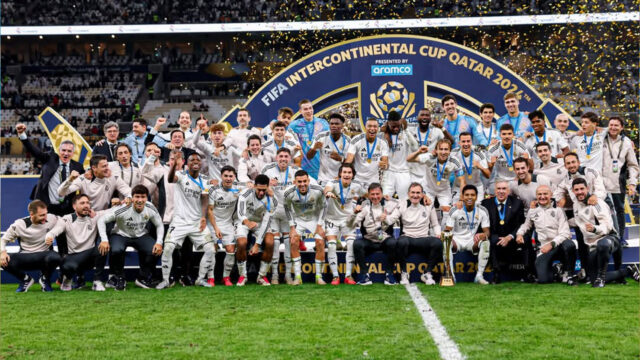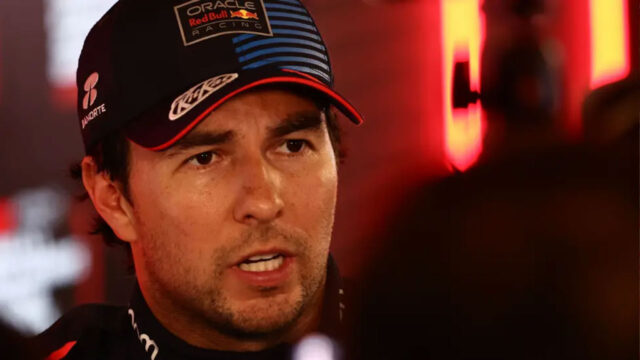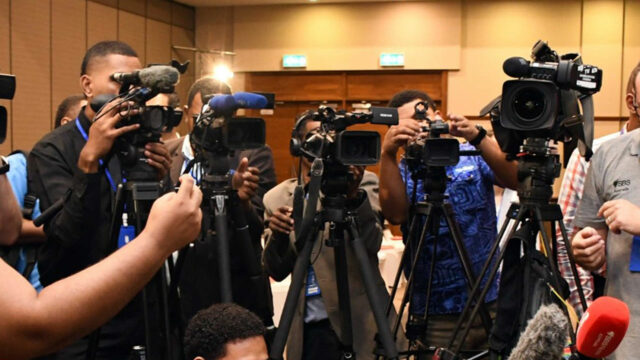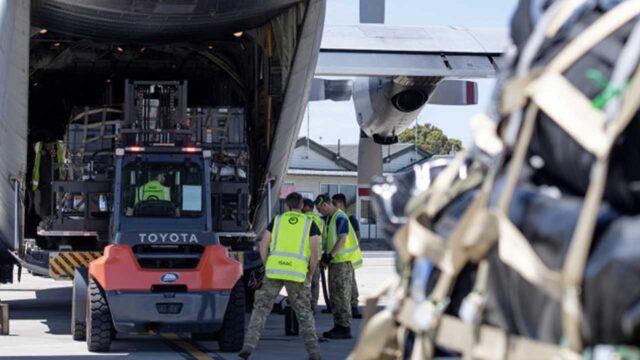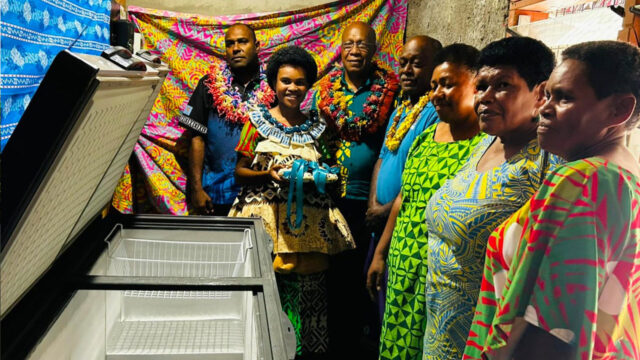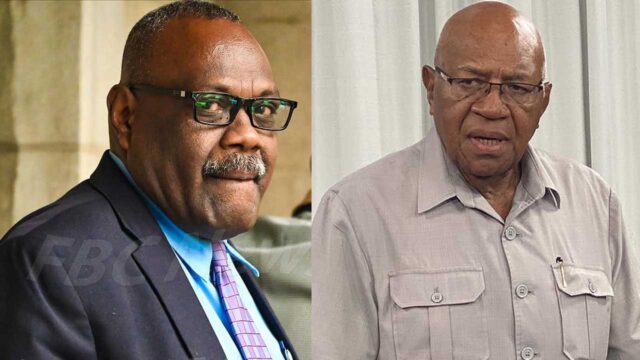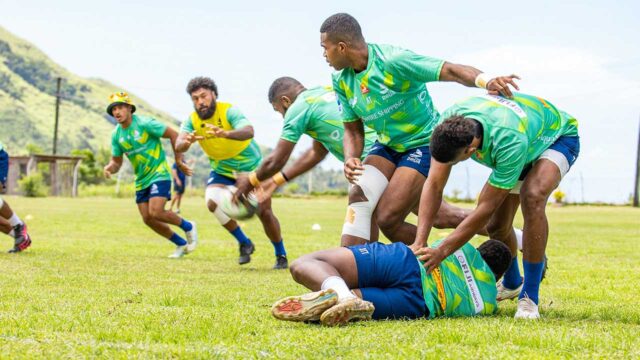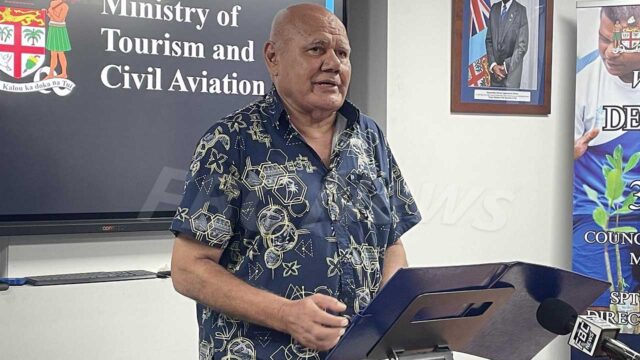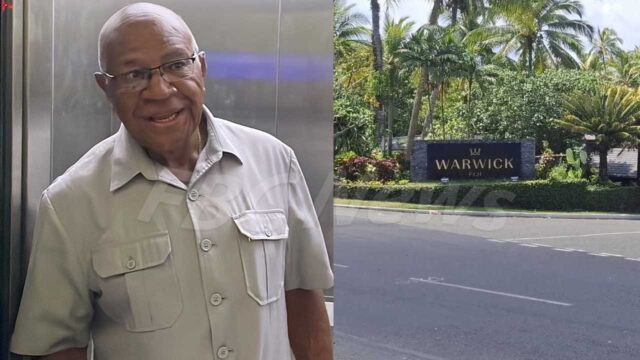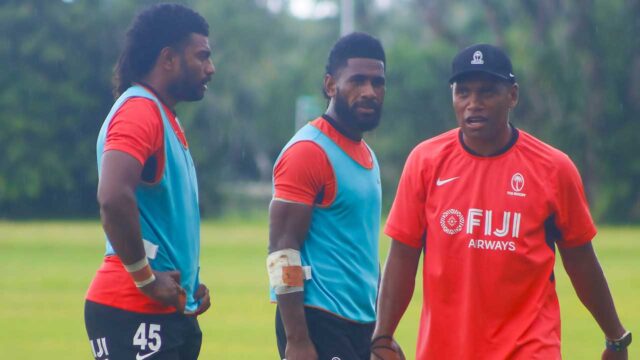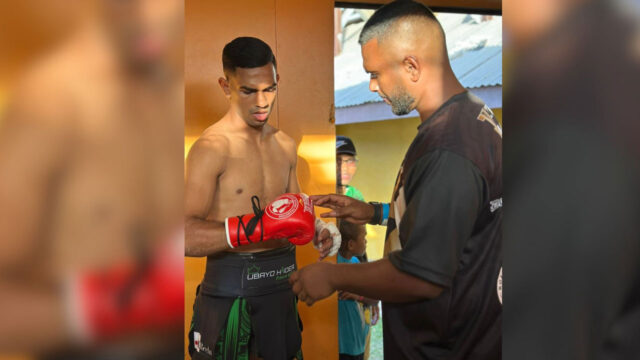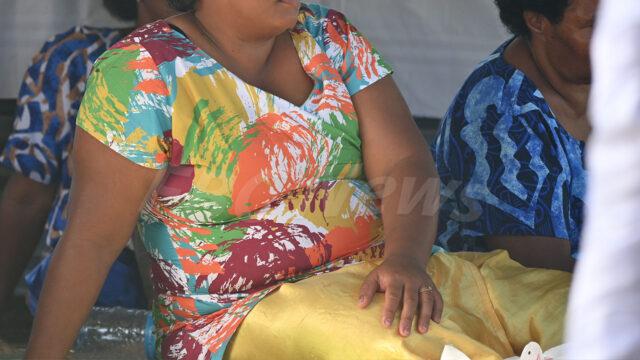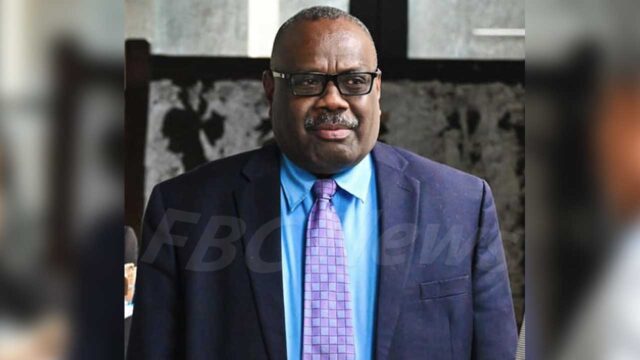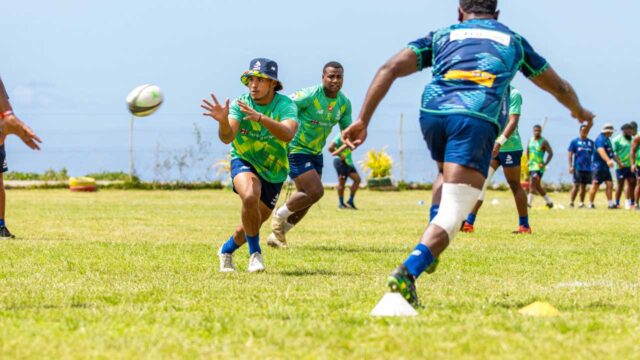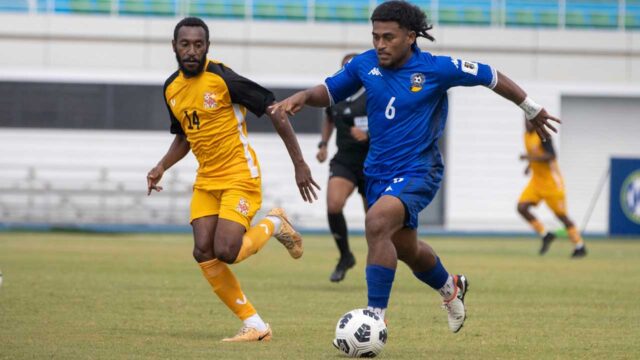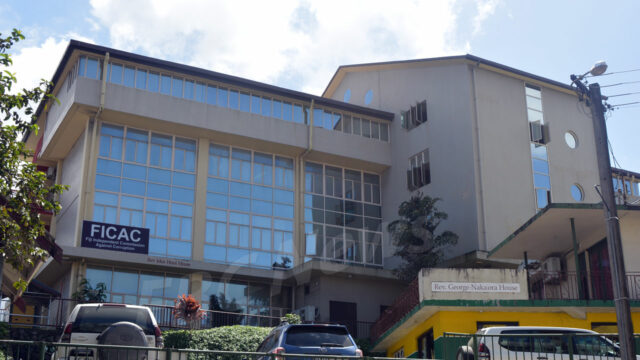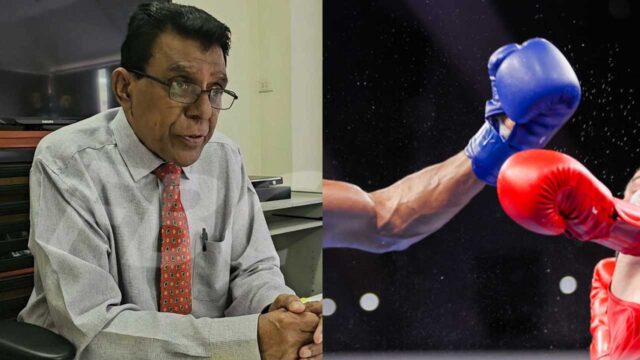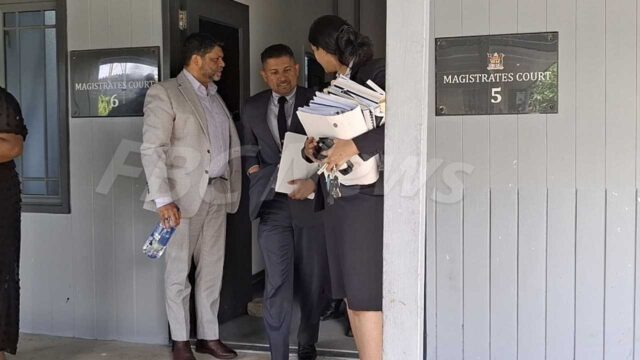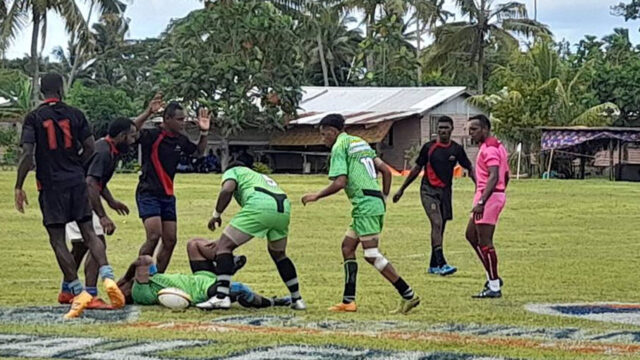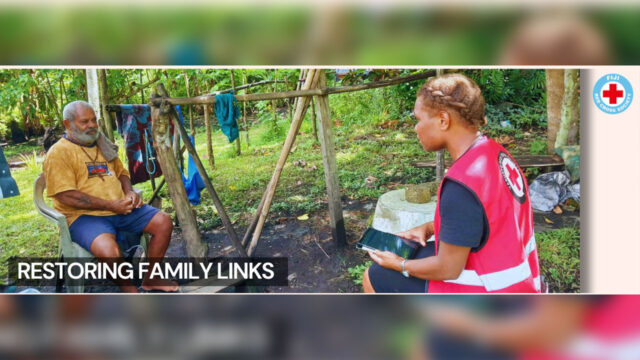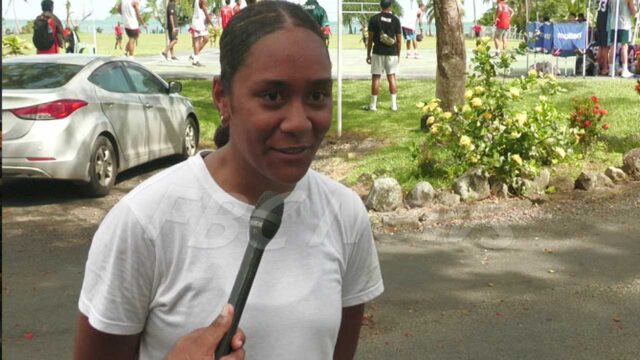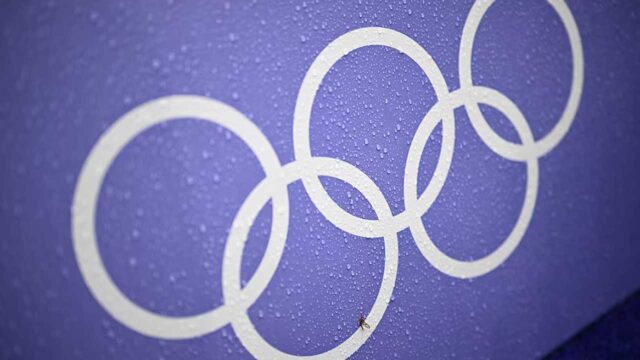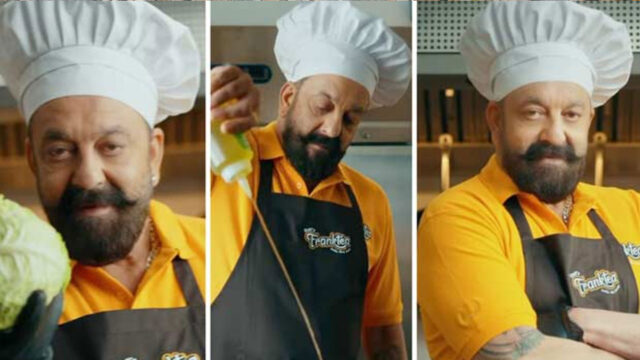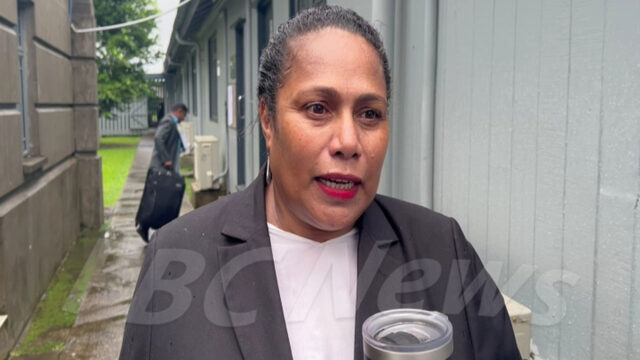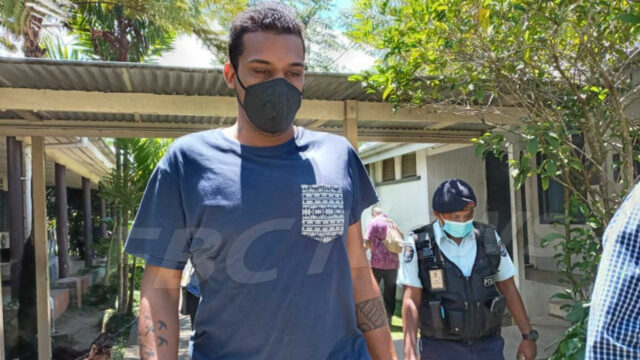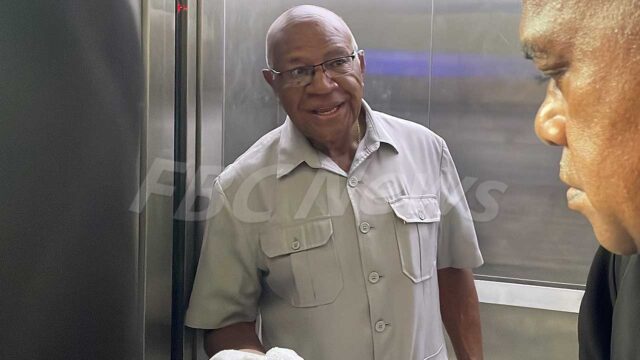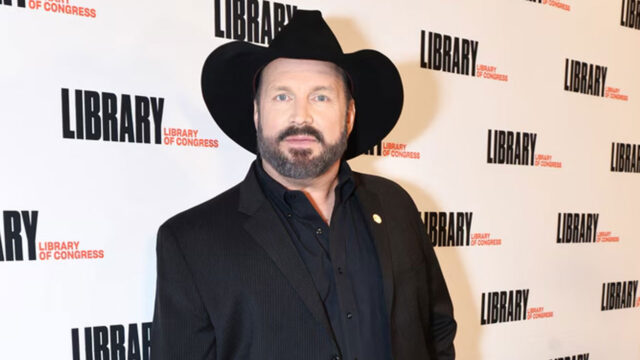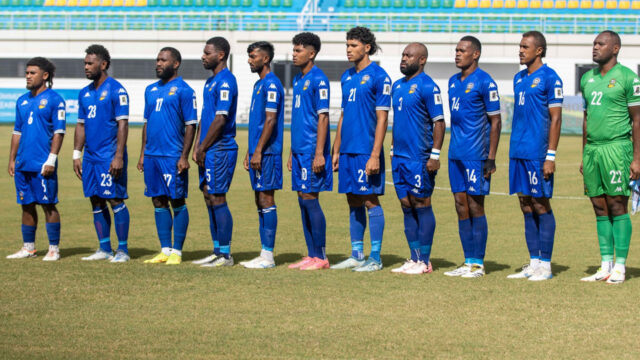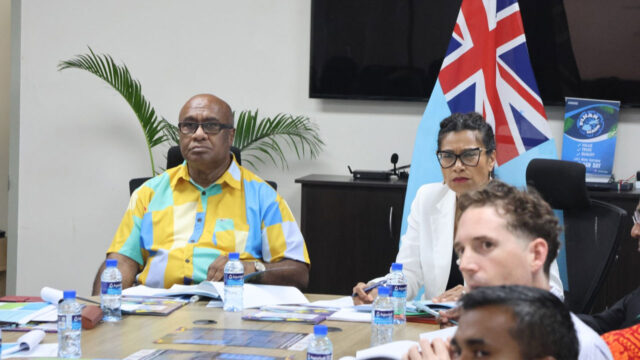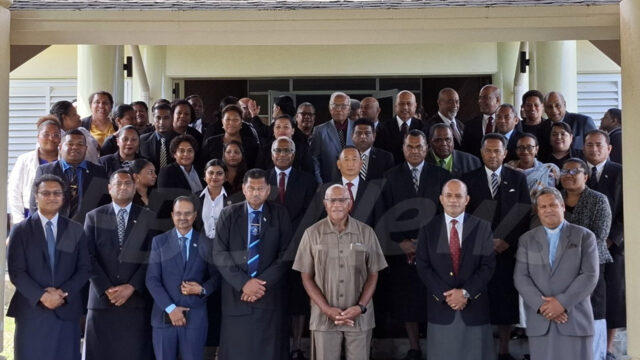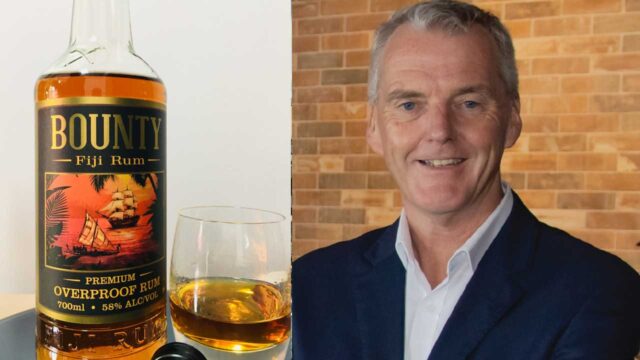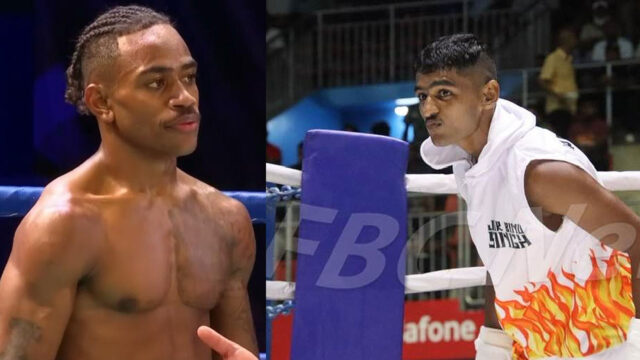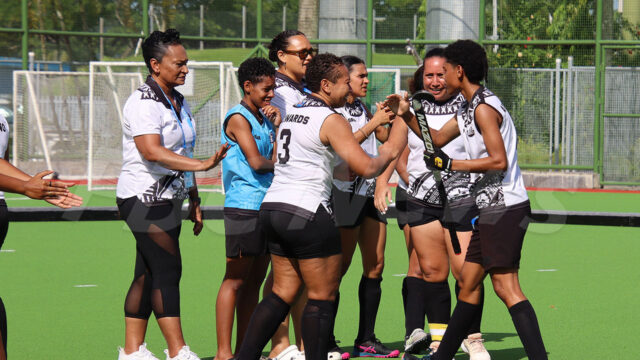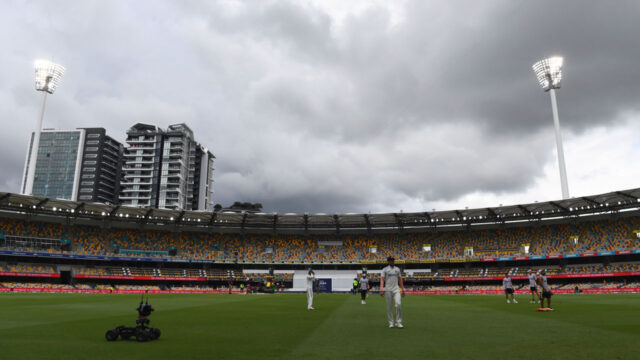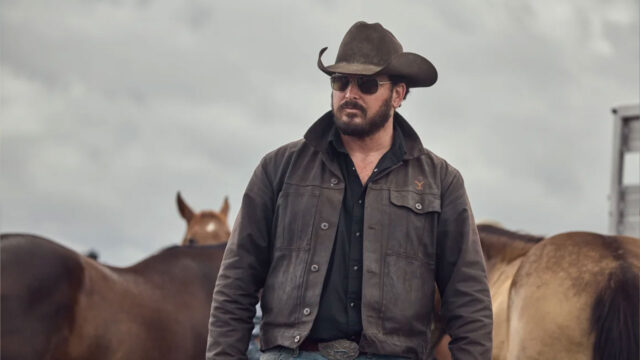
The origins of Penrith's premiership-laden NRL success dates back to a masterplan crafted in 2011. (James Gourley/AAP PHOTOS)
An 18-page dynasty dossier from 2011, featuring lessons learned from an AFL powerhouse and global sports, is driving this century’s most successful NRL club.
First put to Phil Gould by now Penrith chief executive Matt Cameron 13 years ago, the “Project 2015” document remains at the heart of the Panthers’ success until this day.
AAP has been given exclusive access to the pages that turned Penrith into a juggernaut, as they vie to become the first team in almost 60 years to win four straight premierships in Sunday’s grand final against Melbourne.
At its core, the plan outlined what should be in place at Penrith by 2015 to set the club up for success in the next decade.
On its opening page, it is pitched as a “strategy for future proofing of development pathways and long-term athlete management, aimed at continual sustained success”.
It also provided a plan around coaching structure, high performance, recruitment and retention along with centralised coaching for junior development.
Concerns are also raised in it around clubs moving in two-to-three year cycles with “no thought being put into the bigger picture”, and a goal to remedy that.
They were words that woke a sleeping giant, setting a platform for success that would weather everything that rival clubs – and their recruiters – would throw at Penrith.
“It was all about alignment,” Cameron told AAP.
“About getting the coaches in a room and, ‘Ivan you tell us what you’re looking for in a first-grader’.
“Then let’s break it down into sequential pieces so the 16s guy can coach that and the 18s guys can coach that.”
Years in the making, the idea was first hatched out of a conversation between Cameron and West Coast Eagles development manager Peter Worsfold in 2009.
“(Peter) said that they had decided every decision they made at the club is going to be for 10 years from now,” Cameron recalled.
“Let’s stop thinking in contract cycles and looking after ourselves, and let’s build a club from the inside out.”
The overhaul came fast, with Penrith adopting a long-term approach that sat beyond coach and player contract cycles.
NSW Cup was brought back in house from Windsor, while junior academy numbers increased based on the document’s plans for “more rigorous internal scouting network within the Penrith district”.
The junior program was streamlined, with dedicated pathways staff and the likes of Lee Hopkins employed full-time as strength and conditioning coach for juniors.
A junior elite training scheme was also created from under-13s, with Jarome Luai among the first year’s intake.
“In the lead up to that Project 2015 document, I think Penrith had forgotten who they were,” Hopkins, who had been part-time at Penrith since 2010, said.
“As an organisation we had forgotten every time we had success it came through the local kids who had come through our system.
“We had the biggest junior league in the world at our disposal, and we just weren’t using it.”
Determined to make Penrith a club built on their own junior talent, programs were streamlined and regular meeting held between NRL staff and those overseeing juniors.
“I used to say to people, if the NRL don’t do it, then we don’t do it,” Hopkins said.
“Because there is no use.
“Everything is tiered. The (under-17s) Harold Matts get 25 per cent of the NRL program.
“(Under-19s) SG Ball get 50 per cent of it, the (under-21s) Jersey Flegg get 75 per cent of, NSW Cup get 95 per cent and the NRL 100 per cent.”
Cameron and recruitment manager Jim Jones initially headed up the elite pathway space, with the dossier declaring Penrith “should be able to develop, identify and retain the best players within its district”.
Satellite sites were soon set up in Dubbo, Forbes and Bathurst, after it became apparent Penrith weren’t making use of a potential gold mine.
Regionals players were taught the same skills and structures as those in Penrith, bussed in on Friday nights for games from under-17s before moving to the district at a later age.
Former halfback Ben Harden later took over pathways and it is now Hopkins’ baby, with Jones’ son Sam also taking over identification and scouting.
“Everything was very streamlined in what they used in first grade was used throughout,” former under-18s coach Alex Chan said.
“From work ethic to terminology.
“You can see it now, when 18-year-olds debut in the NRL for Penrith. They have gone up a grade, but they are never shellshocked.”
Recruitment at the top level also became a focus, with an eye on models used in the NFL, as the club adopted a long-range whiteboard magnet concept to balance top-line retention with space for rising talent.
It was along those lines that James Maloney and James Tamou were signed, and then let go for the rise of Luai and young forwards.
“Project 2015 would see the development and implementation of a recruitment and retention model that would encompass the NRL, (under-20s), NSW and (Queensland) Cups, Matts and Ball,” the document said.
“The model would be designed with yearly projections in mind and would allow staff to visualise future teams with both contracted and targeted players.
“(It) would be based on methodologies used by some of the leading NFL clubs.”
By 2014, the turnaround had begun.
Penrith reached their first preliminary final in a decade with a team that included Isaah Yeo, Matt Moylan and Bryce Cartwright in their early years.
The Panthers also won NSW Cup, but more importantly Luai, Nathan Cleary, Dylan Edwards and James Fisher-Harris were starting to dominate junior competitions.
And the likes of Stephen Crichton and Spencer Leniu were still to come, as Penrith went from regular finalists to their first grand final in 2020.
“They won a lot of games in that Matts and Ball era, and by under-20s you really started to see the success of what could happen,” Hopkins said.
“Everyone talks about skill sets, but learning to win is a skill set. Learning to win and do that stuff is a skill set. Those kids never really lost games.”
Come Sunday’s grand final, a whopping 14 of Penrith’s 18-man group will have played juniors for the club.
“That document was poignant in everything we did,” Hopkins said.
“My position now, I still do things that are in that document today. I still look at it.
“We trust the system. Every single individual who is involved in this organisation, trusts the system that was built in the Project 2015 document.
“If it hadn’t been produced, I’m not sure where everything would be right now in this organisation.”

 AAP News
AAP News

